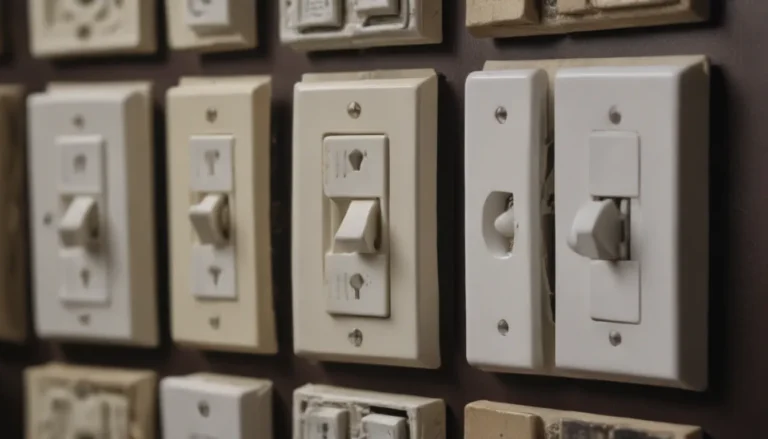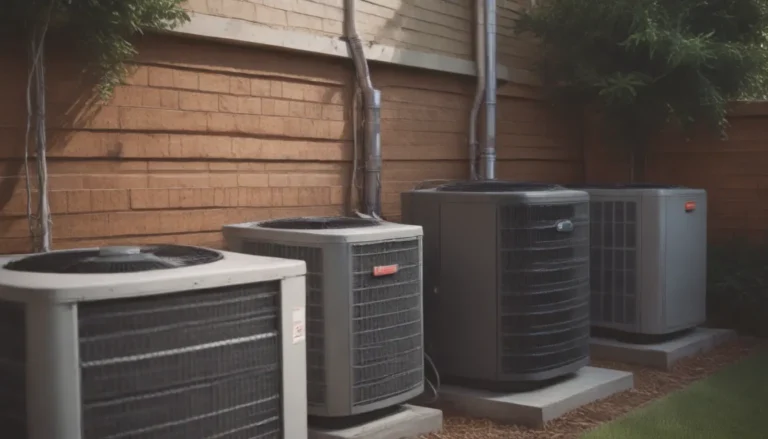The Comprehensive Guide to Understanding Watts vs. Amps

If you’ve ever found yourself confused about the difference between watts and amps, you’re not alone. Many people have a basic understanding of electricity but may not fully grasp the nuances of these two important electrical terms. Understanding the distinction between watts and amps is crucial when working on electrical projects to ensure safety and efficiency. In this detailed guide, we’ll delve into the world of watts and amps to help you better understand power supplies and demands for electric appliances and devices.
What Is Amperage?
Let’s start by breaking down the concept of amperage. Amperage, often referred to simply as “amps,” is a measurement of electrical current in a circuit. It represents the volume of electricity flowing through a circuit at a given time. While voltage indicates the initial pressure of electrons in a circuit, amperage determines the actual volume of electrons moving through the circuit.
To put it simply, think of amperage as the quantity of water flowing through a pipe. Just as a wider pipe allows more water to flow through, a higher amperage allows more electrons to move through a circuit. It’s important to note that amperage plays a significant role in determining the power of a circuit.
Why Amps Matter
Amperage is crucial because it directly impacts the flow of electricity in a circuit. The current flowing through a circuit is limited by resistance, measured in ohms. Lowering the resistance in a circuit increases the flow of electrical current without the need to increase the voltage. This analogy can be likened to pouring water through a funnel – decreasing resistance allows for a faster flow of water.
One practical example of amperage in action is when selecting a charging current for a battery charger. The varying amperage options – such as 2 amps, 4 amps, or 6 amps – allow you to regulate the rate at which power is delivered to a battery. Choosing higher amps results in a faster charge, while lower amps lead to a slower charging process.
What Is Wattage?
Now, let’s explore the concept of wattage. Wattage refers to the rate at which power flows through a circuit. A “watt” is a unit of power that indicates the amount of energy transferred per second. In simple terms, watts determine how quickly electrical energy is supplied or consumed within a system.
Continuing with our earlier example, both a 120-volt circuit with a 10-amp current and a 240-volt circuit with a 5-amp current produce 1200 watts of power. Increasing either the voltage or amperage in a circuit independently will result in a higher wattage output.
Significance of Wattage
Why does wattage matter? Appliances and devices have specific power requirements that must be met for optimal functionality and safety. If a power supply fails to meet these demands, the device may malfunction or pose a risk. It’s essential to connect electrical devices to circuits that can support their power requirements.
For instance, a 3000-watt electric stove cannot be plugged into a 120-volt circuit with only 10 amps of current, as it falls short of the power needed to operate the stove efficiently and safely. Instead, the stove should be connected to a 240-volt circuit with 15 amps, which provides enough power for the stove to function properly.
Why Overloading Circuits Is Dangerous
Understanding wattage goes beyond meeting the power demands of individual devices. When multiple appliances and devices are powered on the same circuit – a common occurrence in households – there’s a risk of overloading the circuit. Overloading a circuit can cause a breaker to trip or a fuse to blow, potentially leading to electrical hazards.
An example of wattage in everyday life is visible when comparing light bulb wattages. A 60-watt incandescent bulb consumes more energy than a 40-watt bulb. By plugging these bulbs into a standard 120-volt outlet, you can calculate the power draw in watts based on the voltage and amperage used.
How to Calculate Watts and Amps
To determine electrical values like watts and amps, you can use the following formulas:
- Amps x Volts = Watts
- Watts / Volts = Amps
- Watts / Amps = Volts
The relationship between watts and amps is influenced by the circuit’s voltage. For example, a 12-volt circuit with a 10-amp current produces 120 watts, while a 120-volt circuit with the same 10-amp current generates 1200 watts. In essence, watts represent the power supply of a circuit, considering both amperage and voltage.
In conclusion, amperage and watts are essential components in understanding electrical systems. By grasping the difference between these two terms and how they interact within a circuit, you can work more efficiently and safely on electrical projects. Remember, always prioritize safety when working with electricity and adhere to proper protocols to prevent accidents and damage.





